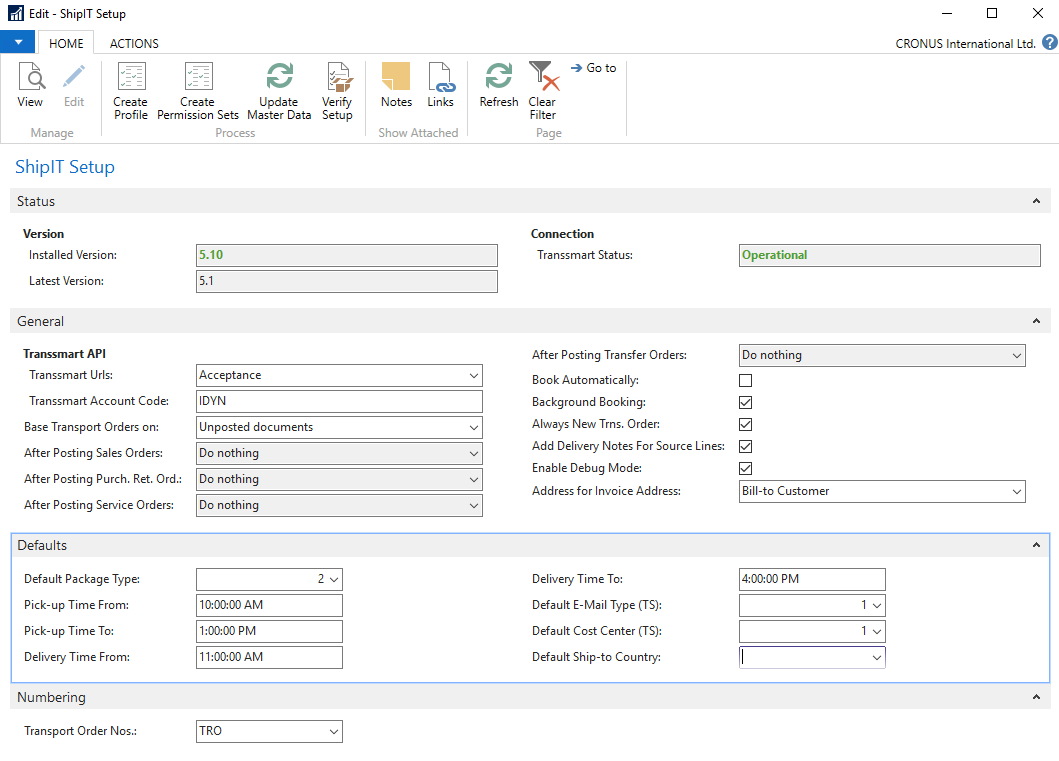
Shipit deploy code#
If your page is completely static, that is, the completed site’s code is compiled before you add it to the repository (usually into a “build” or “dist” directory), there are a number of hosting and deployment options that cost nothing. I have a static website and a GitHub account: GitHub Pages So which option is the best for my Shopify app? 1. I am a confident developer, and my site is pretty big: AWS, Azure, Low End Box, and DigitalOcean.I want to take advantage of a more custom pipeline: Heroku.I have a static site, or a site built with a static site generator: Netlify.I have a static website and a GitHub account: GitHub Pages.If you’d like to skip straight to my favorite choice for deploying with Shopify, check out the section on Heroku.
Shipit deploy registration#
Shopify offers domain name registration if you need to grab one. No matter your skill level or experience, at least one of these paths should work for you.īefore we start, you should have something to deploy (a codebase or repository) as well as a domain name you’d like to use. I’ll also discuss one potential integration plan for your Shopify app environment. In this article, we will cover four happy deploy paths to getting your website online, and the benefits and costs of each plan. Do you wish for automatic deploys of your primary branch or would you rather have more control? How important is continuous integration (CI)? Do you have a static site or a huge database of user information? When it comes to deciding what service to use for hosting and deploying a site, it’s critical to understand the purpose of the site you want to deploy. Having a solid plan at deploy time will make or break the release of new features.

That’s it your application is ready to the deployment where you can easily rollback.A website is not truly live until it comes online. This shell script will check the frontend-app process is running on the server if exist then kill and then start or you can start or restart based on the status.

if forever list | grep -v "grep" | grep "frontend-app" then forever stop "frontend-app" echo 'stopped' fi forever -killTree -minUptime 5000 -uid "frontend-app" -a start -c "npm run start:beta" src/server.js you can directory put your forever command to this hook or easy way to make a shell script in which you can run or restart the process using forever. The final deployed will be the last hook in which you can start your application.
Shipit deploy install#
so the update method you can use and copy server file to the application directory.ĭuring fetch you can call the submodule command to take clone to third party repo if you needed.ĭuring publish you can run the gulp/build and npm install command. development: ) ĭuring the deployment sometime we need some file to the server those file should be copy every time from the server. After all these basic configuration you have to mention you deployment environments like dev/stag/prod in which you actually code will deploy so mention which branch you want to deploy in development server and your server ip. Keep Releases option gives you flexibility to how many build you are saving in your disk space so you can change it accordingly.

I have integrate the slack for notify your channel after all steps are finished.In the shipit config you can mention your repo url and workspace (tmp) or some folder. so in first we have include some node packages for shipit library.


 0 kommentar(er)
0 kommentar(er)
